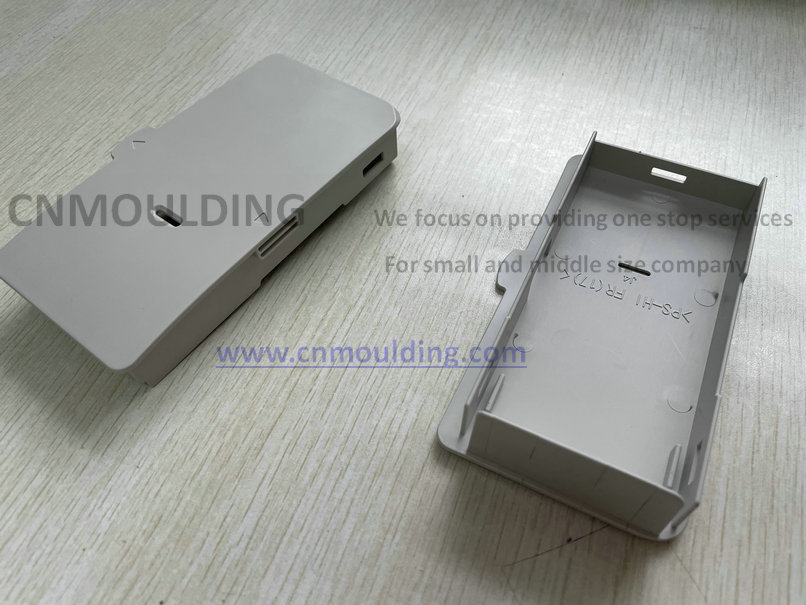Injection mold is a tool to assist in the processing and production of plastic products. It can give plastic products a unique and complete shape and structure, and at the same time accurately measure the size of the product. And It is usually used for the mass production and processing of various plastic products. It is a more precise and complex process. There are various injection mould manufacturers in the market, and why do you choose injection mold manufacturing?
The reasons why we use injection moulding.
The main advantage of injection molding is that it can be mass-produced. Once the initial cost is paid, the price per unit during injection moulding manufacturing will be very low. As more products are produced, prices tend to fall. Injection molding can be reused. In other words, the second product produced will actually be exactly the same as the previous product. This can maintain brand consistency and product reliability in mass production.
It is accurate. Plastic injection molding is such a precise method that it can fabricate almost every type of plastic part. There are certain design limitations, but the molds that are created allow the final product to be very precise. In reality, accuracy is typically within 0.005 inches.
It is fast. There is a reason why plastic injection molding is one of the most common technologies for extended production runs: it’s fast. How fast? While the speed depends upon the complexity of the mold itself, generally only about 15 to 30 seconds pass between cycle times.
Low labor costs. Injection molding equipment typically runs with a self-gating, automated tool to keep operations streamlined and production ongoing, requiring minimal supervision.
It’s resourceful. With so much attention being paid to sustainability nowadays. It’s commonplace for product developers to choose processes that benefit the environment and minimize waste. Plastic injection moulding isn’t just an efficient, effective procedure, but additionally, it is resourceful. That’s because just as much plastic as is necessary is used to produce the part, and because surplus plastic can be ground up and recycled after use.
Flexibility. Besides being an accurate production process, plastic injection molding is also a flexible one. By this, we mean that it’s easy to change the type of material that’s being produced in addition to the color that the item is being produced in.

Ideal for creating high-strength components. One cool advantage of plastic injection molding is that fillers can be added to components during processing, reducing the density of the liquid plastic when incorporating enhanced strength into the finished part. Plastic injection molding is an ideal process for businesses or products where parts need to be strong.
A smooth finished appearance. Plastic injection moulding is a process to produce parts that require little to no end finishing. That is because all parts that come out of the mold are about the closest thing to a finished look. Yes, the surface finish is really that good right out of the mold! That is why injection molding needs less labor.
Co-injection molding. Injection molding machines have the ability to process a couple of different plastics at the same time.
Cheaper than plastic machining, long-term. The creation of a mold can be expensive, with the cost being a few thousand dollars. But after the mold is created, you can produce an extremely large volume of plastic components at a minimal cost. Because of this, large production runs using plastic machining can cost up to 25 times greater than plastic injection molding.
It’s widely used. Just look around — you’re sure to see loads of products that were likely made with the process.
The reasons why we don’t use injection molding.
High initial tooling cost. There is a high cost involved in getting a tool made for injection molding. If you’re considering making it yourself, you’ll need an injection molding machine and the skills to run it, which could also be pretty expensive.
Part design restrictions. There are some restrictions with regard to part design. The most important thing to realize is that a mold tool is made from two halves that need to pull apart. As well as the part has to be able to be released in the tool. This is easy, but massive. It has all sorts of effects down the line in terms of tool design such as:
• Each part must be made separately and be solid. (i.e no hollow parts.)
• You will need to make sure you have drafting (or tapering) in your parts, and if they are perpendicular to the tool opening.
• It is probably a good idea to ensure that your maximum part thickness in any one spot is less than 2-3mm to save material and shrinkage problems.
Accurate costing is difficult. With injection molding, there are always uncertainties that you ought to make sure that you budget for.
Higher requirements on the operating skills of the operators.

